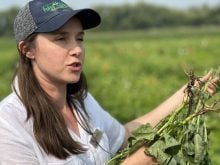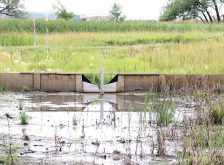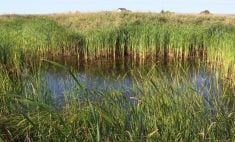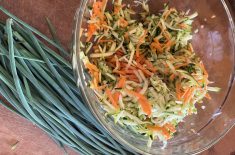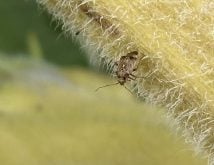Glacier FarmMedia — Let’s get the obvious part out of the way.
By separating “the good stuff” (protein, starch and dietary fibre) from faba beans, a University of Alberta researcher has improved on a process that minimizes human flatulence from eating them. That issue has long been a deterrent to mass acceptance of the pulse.
But Brasathe Jeganathan’s work is also driving more sustainable improvements in extracting protein from faba beans. The end result is a very pure protein with significant food applications.
Read Also
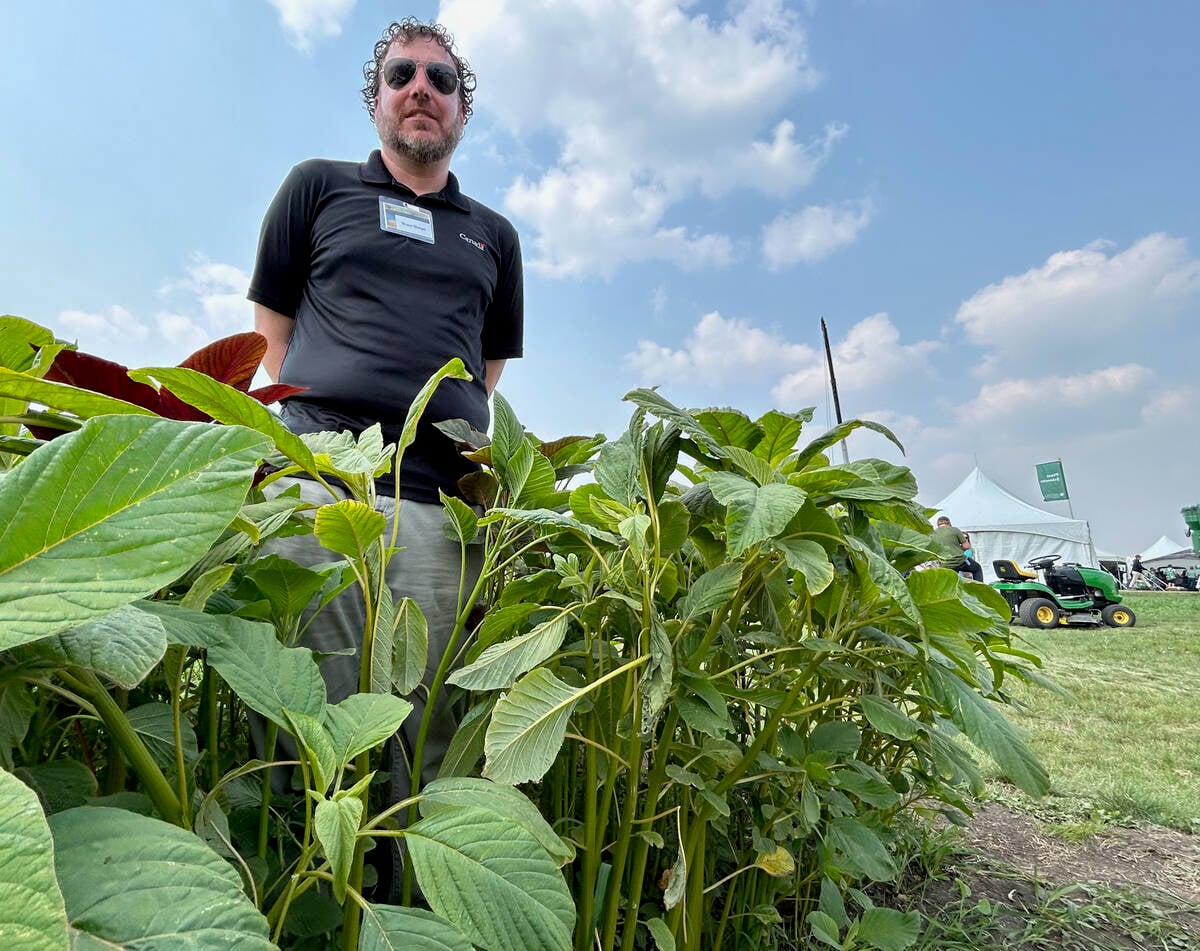
Glufosinate-resistant waterhemp appears in U.S. Midwest
News of glufosinate-resistant kochia in the U.S. is concerning as farmers are losing options to control waterhemp, also of the pigweed family.
“One of the biggest challenges we are facing now, as food scientists, is feeding 9.7 billion people by 2050,” says Jeganathan, who earned a PhD in food science and technology for her research.
And on a more micro level, there’s potential to create food products from the extracted bean protein. “For example, if you want to develop a vegan high-protein snack, then you need to have a faba bean protein fraction which is high in protein,” she says.
“If you use the faba bean by itself, it wouldn’t work in order to get certain functional properties, like the ability to form a gel. You need high pure protein fractions to produce food products.”
READ MORE: Fava beans for Prairie gardens — and fields
The research is good news for a crop slowly increasing in acreage across the Prairies. Alberta produced 50 per cent of Canada’s 2021 faba bean crop, followed by Saskatchewan with 41 per cent and Manitoba at nine.
The researcher used a common food industry process, fractionation. In the case of faba beans (also known as fava, broad and horse beans), fractionation is a process used to separate pure protein from the bean’s less desirable compounds – those that cause gas.
There are two types of fractionation: wet and dry. At its most fundamental, wet fractionation can be compared to coffee or tea, she said, in which grounds are brewed in hot water to extract desired compounds. But wet fractionation is a chemically- and energy-intensive process.
Dry fractionation employs grinding and sieving, similar to handling flour in the kitchen. However, wet fractionation is generally preferred in the industry because dry methods only produce protein concentrates, which are not pure versions of protein.
“You can only achieve modest enrichment in the protein content if you use (dry methods), but it’s sustainable because you don’t use any chemicals,” she says.
Experimenting with hybrid methods using both wet and dry fractionation, as well as a chemical-free extraction method using only water, Jeganathan was able to isolate and extract protein from the bean. The chemical-free methods resulted in higher quality protein, up to 94 per cent pure.
“Based on all three methods, I was able to achieve high purity,” she says. “I would say with the hybrid method, where I used dry and wet methods together, the water consumption was much less compared to using just the water extraction method alone.”
Through a process called pearling, the research also revealed the protein in faba beans is more concentrated in the bean’s external layers. Pearling is usually accomplished by grinding the entire bean, but Jeganathan took it down a notch.
“Instead of grinding the whole bean, we ground only 60 per cent of the outer layer of the bean, which is high in protein.”
Jeganathan’s research isn’t done. Her postdoctoral work at Washington State University will investigate how her proposed extraction method carries over to a variety of beans as well as sea algae. “Definitely we are seeing a huge potential.”





